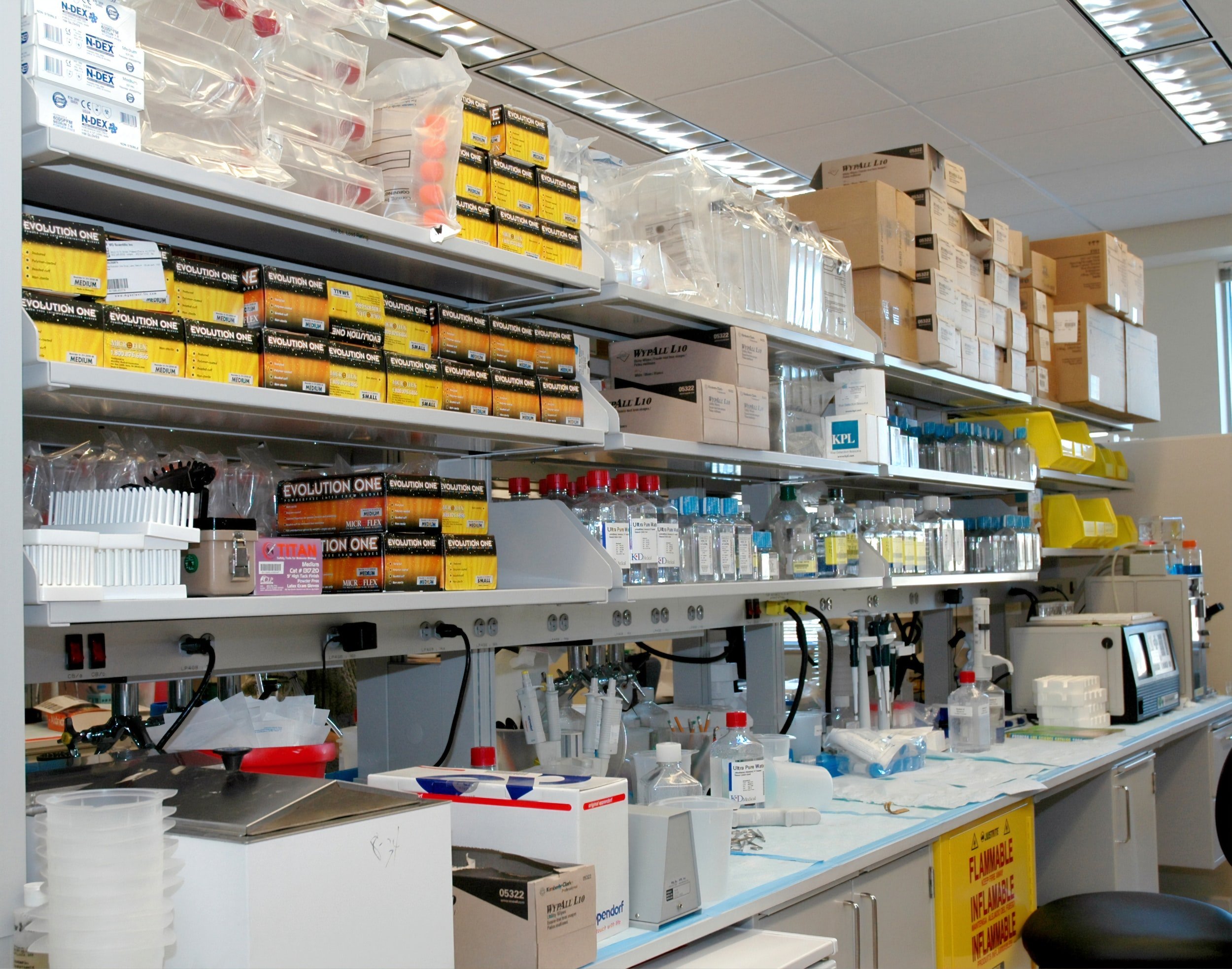
Rare Disorders We Study
Rare Epigenetic and Chromatin Disorders
Chromatin makes up the structure of chromosomes and plays a critical role in controlling how accessible genes are. Thus, chromatin serves as a scaffold for the modification of gene expression rather than the alteration of the genetic code. This modification of gene expression is referred to as epigenetics. Mutations in genes that regulate chromatin and epigenetic regulation can lead to a wide range of developmental abnormalities and disease states, including intellectual disability, immune system dysfunction, and cancer. While research into the molecular mechanisms of epigenetic and chromatin disorders is still ongoing, recent advances in gene editing and other therapies hold promise for the development of more effective treatments for these conditions. By better understanding the genetic and epigenetic basis of these disorders, researchers hope to develop more targeted and personalized therapies that can help improve outcomes for those affected.
Autosomal dominant or pathogenic germline mutations in the ASXL1 gene cause Bohring Opitz syndrome (BOS). BOS is a rare genetic condition characterized by distinctive facial characteristics, intellectual disability, feeding difficulties, and respiratory problems. The ASXL1 gene provides instructions for making a protein that regulates gene activity and is essential for normal development. The ASXL1 mutation is considered autosomal dominant, meaning that only one altered copy is required to cause BOS. Almost all cases of BOS occur as a new (de novo) mutation. Very rarely, individuals with BOS may inherit a gene mutation from an unaffected parent who has the mutation in some, but not all cells.
Mutations in the ASXL2 gene cause Shashi-Pena Syndrome (SPS). This extremely rare genetic condition gene is a new (de novo) mutation that affects development in various areas of the body. Although there is variability in the severity of symptoms of people who have SPS, the syndrome can be characterized by developmental disabilities, distinct facial features, low muscle tone, and orthopedic complications. The ASXL2 gene participates in epigenetic regulation and assembly of transcription factors to specific genomic loci in order to encode proteins that are critical for body development.
Autosomal dominant mutations in the ASXL3 gene cause Bainbridge-Ropers Syndrome (BRS). This rare genetic condition is typically caused by a new (de novo) pathogenic mutation that affects development in various areas of the body. BRS is characterized by severe developmental or intellectual disability, with speech and language difficulties. Affected individuals may also have issues with feedings and have some dysmorphic facial features and hypotonia that can result in unusual posture with flexion contractions of the elbows, wrists, and fingers. Other findings may include poor postnatal growth, strabismus, seizures, sleep disturbance, and dental anomalies.





